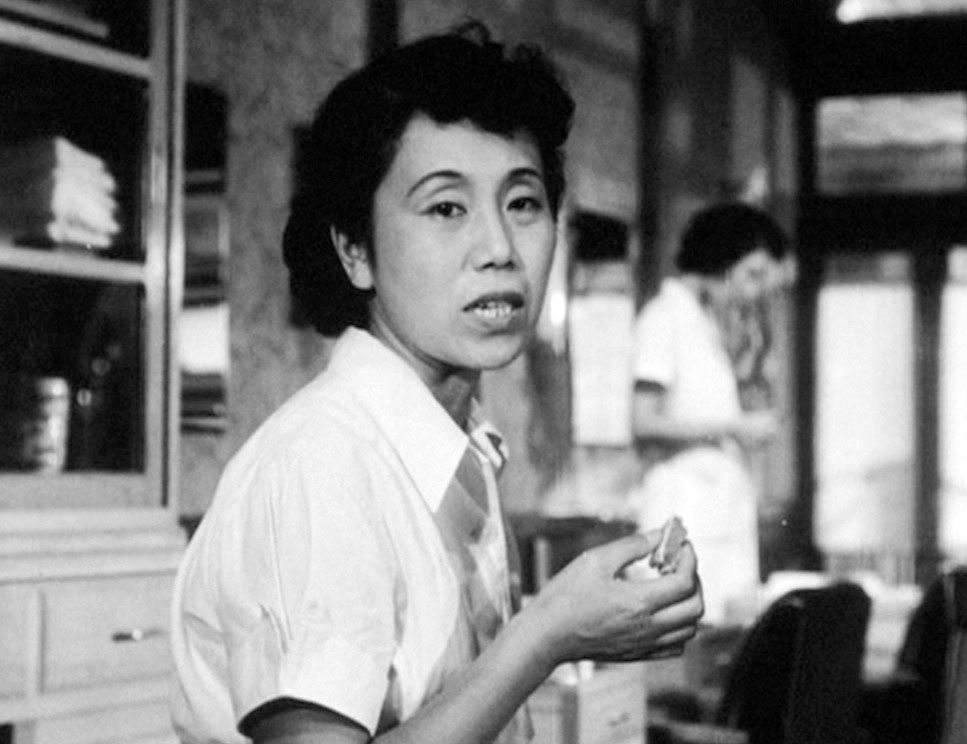
Tokyo Story (1953)
She’s bossy, selfish and out for herself. And if you drop dead she’ll go through your stuff in an instance to see what she can have for free. Meek and mild Shūkichi and Tomi Hirayama didn’t deserve Shige Kaneko as a daughter.

In Yasujirō Ozu’s 1953 movie Tokyo Story the elderly couple visit their grown-up children in a simple but symbolic story of unhappy family life set in post war Japan. Death camps, torture, mass rape and genocide are not mentioned by a generation that knew all about the horrors. Instead the wartime generation are too busy with their lives to think about the past but they can’t quite exorcise the ghosts of World War II along with memories of Hirayama’s second son Shōji who died in the conflict. Shūkichi and Tomi urge his widow and their daughter-in-law the saintly Noriko to remarry, and to hide her wedding photograph and pretend her husband didn’t exist. But the war creeps back into this portrayal of post war Tokyo through the subtle symbolism of a collective amnesia. It’s replaced by a booming and busy Japan that rings to the sound of construction and industry. The trains run on time and the city is alive with cars, telephones, shoppers and workers.

Retired couple Shūkichi and Tomi Hirayama visit their grown-up children in the capital, but they are disappointed that they are considered an inconvenience by their offspring and so after a couple of excursions decide to go home. Why they’d want to visit the ghastly Shige is a mystery as she makes it clear they are only welcome for about ten minutes and after that are in the way. Her grumpy husband isn’t much better and their spoilt kids make awkward moments even more excruciating. It’s compulsive viewing as the embarrassing moments pile up. Only Noriko their daughter-in-law and widow of Shōji is kind and attentive, representing a vision of perfection: if only she could have been their real daughter.

On the way home Tomi takes ill and dies – another inconvenience for the family. Exasperated that they must give up more time the selfish grown-up children attend the funeral in bad grace and the daughter from hell helps herself to her late mother’s silk kimonos before jumping on the first train back to Tokyo.

Viewed via Ozu’s knee-high interior camera angle each scene is like a carefully composed painting in which the trials and tribulations of universal family life are played out – along with a subtext of ‘don’t mention the war’ – Japan has moved on.
Tokyo Story (1953) Directed by Yasujirō Ozu. Written by Kōgo Noda and Yasujirō Ozu. Cinematography by Yūharu Atsuta. With Chishū Ryū as Shūkichi Hirayama, Chieko Higashiyama as Tomi Hirayama, Setsuko Hara as Noriko Hirayama, Haruko Sugimura as Shige Kaneko, Sō Yamamura as Kōichi Hirayama, and Kuniko Miyake as Fumiko Hirayama. 136 mins. Review: Harry Mottram. Five stars.


You must be logged in to post a comment.